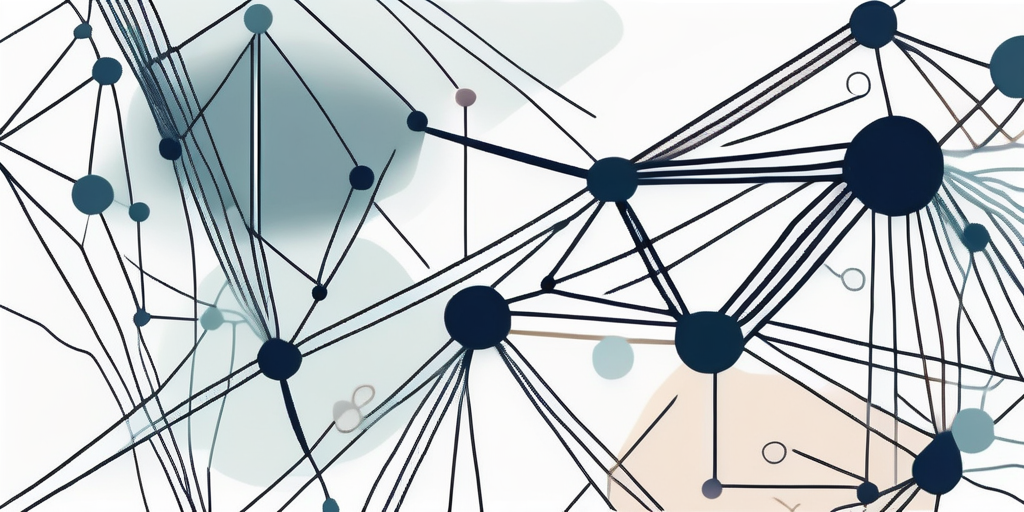Weight initialization is a critical aspect of training artificial intelligence (AI) and machine learning (ML) models. It refers to the method of setting the initial values of the weights in a neural network before training begins. The initial weight values can significantly impact the performance of the model, including its ability to converge to a solution and the speed at which it learns.
The choice of weight initialization method can also affect the model’s susceptibility to problems such as vanishing or exploding gradients, which can hinder the learning process. Therefore, understanding weight initialization and how to apply it effectively is crucial for anyone working with AI and ML models.
Importance of Weight Initialization
Weight initialization plays a pivotal role in the training of neural networks. The initial weights set the starting point for the learning process. If the weights are initialized too large or too small, the model may struggle to learn effectively. This is because the initial weights can affect the output of the activation function, which in turn influences the error gradients used to update the weights.
Furthermore, poor weight initialization can lead to issues such as vanishing or exploding gradients. These problems occur when the gradients become too small or too large, respectively, making it difficult for the model to learn. Proper weight initialization can help mitigate these issues and improve the model’s learning efficiency.
Vanishing and Exploding Gradients
Vanishing gradients are a problem where the gradients used to update the weights during backpropagation become very small. This can slow down the learning process or cause it to stall completely, as the updates to the weights become negligible. This issue often occurs in deep neural networks, where the gradients can diminish exponentially as they are backpropagated through the layers.
Exploding gradients, on the other hand, occur when the gradients become excessively large. This can cause the weight updates to be too large, leading to unstable learning and causing the model to diverge. This issue is particularly common in recurrent neural networks (RNNs), where the gradients can grow exponentially during backpropagation through time.
Methods of Weight Initialization
There are several methods for initializing the weights in a neural network, each with its own advantages and disadvantages. The choice of method can depend on the specific characteristics of the model and the data it will be trained on.
Some of the most commonly used methods include zero initialization, random initialization, and Xavier/Glorot initialization. Each of these methods will be discussed in more detail in the following sections.
Zero Initialization
Zero initialization involves setting all the initial weights to zero. While this method is simple and ensures that all weights start from the same point, it is generally not recommended for neural networks. This is because it breaks the symmetry of the model, causing all neurons to learn the same features during training and limiting the model’s capacity to learn complex patterns.
Furthermore, zero initialization can lead to the problem of vanishing gradients, as all the gradients will be the same during backpropagation. This can slow down the learning process or cause it to stall completely.
Random Initialization

Random initialization involves setting the initial weights to small random values. This method breaks the symmetry of the model, allowing each neuron to learn different features during training. However, the choice of distribution and scale for the random values can significantly impact the model’s performance.
For example, if the weights are initialized with values that are too large or too small, the model may suffer from the problems of exploding or vanishing gradients, respectively. Therefore, it is important to choose a suitable distribution and scale for the random initialization.
Xavier/Glorot Initialization
Xavier or Glorot initialization is a method that considers the size of the previous layer when initializing the weights. This method aims to maintain the variance of the activations and backpropagated gradients constant across the layers, helping to mitigate the problems of vanishing and exploding gradients.
The weights are initialized from a normal distribution with a mean of zero and a variance of 1/n, where n is the number of inputs to the neuron. This method has been shown to work well for layers with sigmoid or tanh activation functions. However, it may not be as effective for layers with ReLU activation functions, which may benefit from a slight modification known as He initialization.
He Initialization
He initialization is a variant of Xavier initialization that is designed for layers with ReLU activation functions. It is named after Kaiming He, who proposed the method in a 2015 paper.
ReLU activation functions have a different distribution of outputs compared to sigmoid or tanh functions, with a mean of 0.5 and a variance that depends on the input. To account for this, He initialization initializes the weights from a normal distribution with a mean of zero and a variance of 2/n, where n is the number of inputs to the neuron.
This method has been shown to improve the performance of deep neural networks with ReLU activation functions, helping to mitigate the problems of vanishing and exploding gradients.
Conclusion
Weight initialization is a crucial aspect of training AI and ML models. The choice of initialization method can significantly impact the model’s performance, including its ability to learn effectively and its susceptibility to problems such as vanishing or exploding gradients.
While there are several methods for initializing weights, there is no one-size-fits-all solution. The best method can depend on the specific characteristics of the model and the data it will be trained on. Therefore, it is important to understand the different methods and their implications to choose the most suitable one for a given task.



